博文
《物理世界》研究进展: 激光干涉测量靠近散粒噪声极限
|

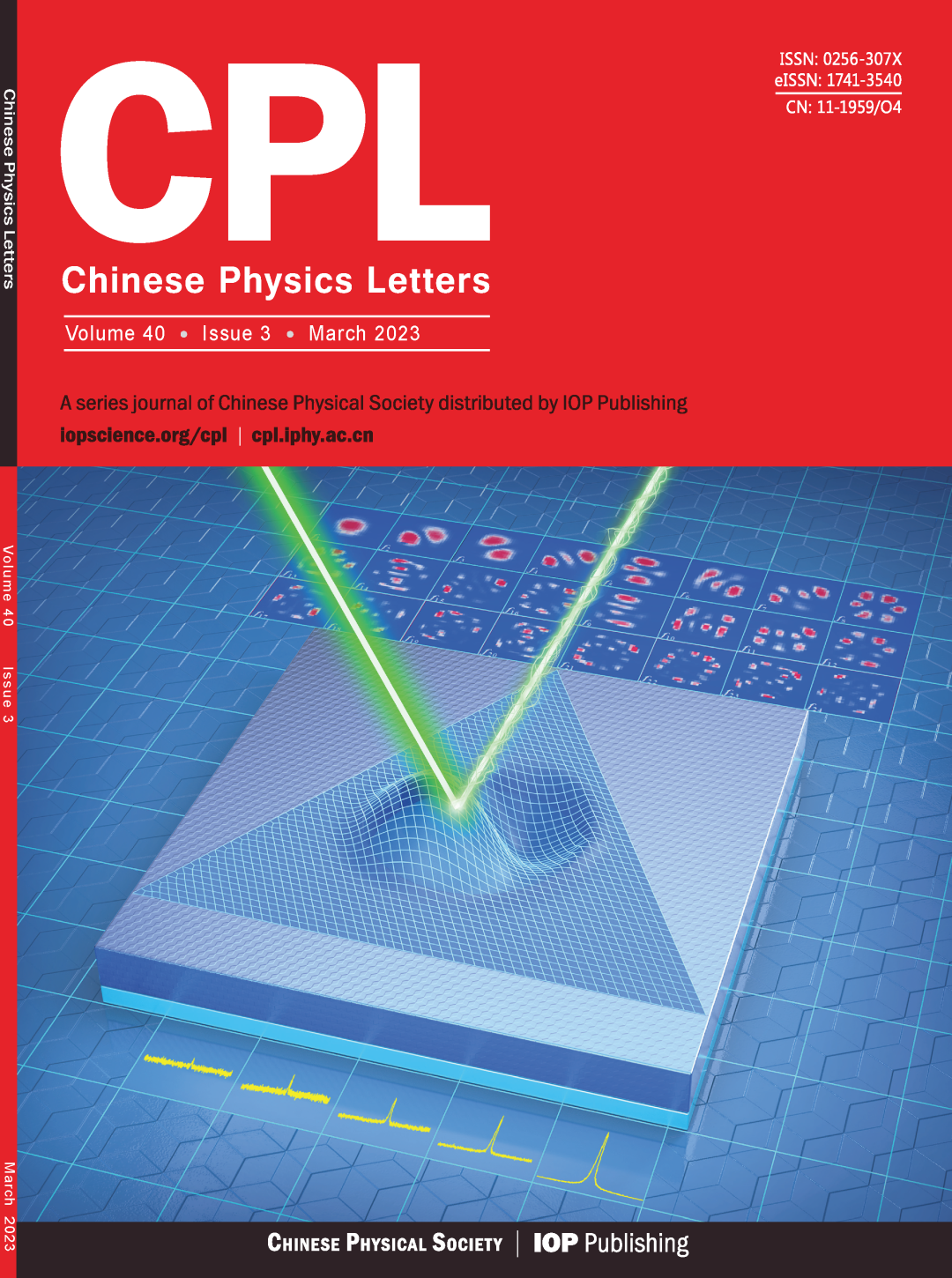
EXPRESS LETTER
Achieving 1.2 fm/Hz1/2 Displacement Sensitivity with Laser Interferometry in Two-Dimensional Nanomechanical Resonators: Pathways towards Quantum-Noise-Limited Measurement at Room Temperature
Jiankai Zhu, Luming Wang, Jiaqi Wu, Yachun Liang, Fei Xiao, Bo Xu, Zejuan Zhang, Xiulian Fan, Yu Zhou, Juan Xia, and Zenghui Wang
Chin. Phys. Lett. 2023, 40 (3): 038102
DOI: 10.1088/0256-307X/40/3/038102
http://cpl.iphy.ac.cn/article/10.1088/0256-307X/40/3/038102
通过对测量噪声的深入分析,提出了在光学干涉测量中通向散粒噪声极限的方案,并以此在原子级机械谐振器中实现了1.2 fm/Hz1/2的位移测量灵敏度,从而在器件中测到了高达24个模态的布朗运动模式,并一一实现了成像。
Isabelle Dumé in Physics World wrote a research update that highlights this work.
https://physicsworld.com/a/laser-interferometry-moves-closer-to-shot-noise-limited-measurements/

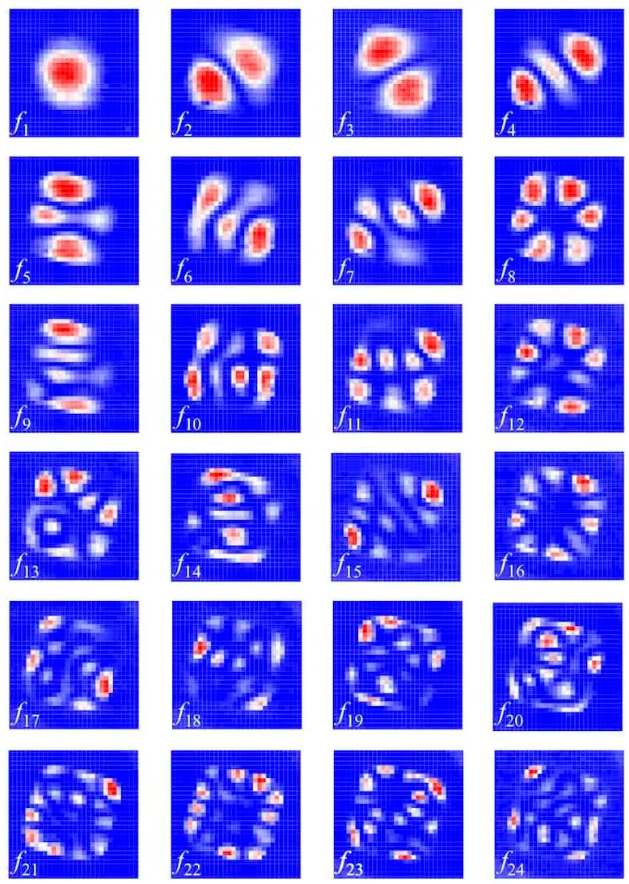
Figure. Mapping thermomechanical resonance: thermomechanical modes in a calcium niobate resonator device. (Courtesy: Chinese Phys. Lett. 10.1088/0256-307X/40/3/038102)
Researchers have moved a step closer to achieving quantum-noise-limited measurements using laser interferometry – a technique routinely employed for detecting the motion and displacement of tiny objects such as nanomechanical resonators with ultrasensitive precision. By reducing the contribution of all noises other than shot noise from 92.6% to 62.4%, they achieved a displacement sensitivity of 1.2 fm/Hz1/2. The team says that this is the best value reported to date for any resonator based on two-dimensional (2D) materials using interferometry.
The interference of light waves can be used to measure displacement on the micro- and nano-scales. In the technique, light from a single (laser) light source is split into two or more beams that travel along different optical paths. These paths recombine to produce an interference pattern. Since laser interferometry is so sensitive, it has been used for ultralarge-scale experimental setups such as the kilometre-sized LIGO interferometer, as well as in ultrasmall devices like micro- and nano-mechanical resonators. The latter are particularly interesting since they have been widely used in applications such as sensing, signal processing and computation. They can also be used in fundamental research to probe the boundary between classical physics and quantum mechanics.
As in all micro- and nano-structures, these resonators contain inherent “mechanical noise”, which comes from the Brownian-motion-dictated thermomechanical resonance. “This noise represents an important limit of device motion,” explains study team leader Max Zenghui Wang from the University of Electronic Science and Technology of China, “and it often sets the lower boundary of signal transduction in these mechanical devices.”
Fundamental noise
Typically, thermomechanical noise is on the order of 10–102 fm/Hz1/2. For comparison, the Bohr radius of a hydrogen atom is 5.3 x 104 fm. Resolving this noise from the measurement noise background is therefore an important challenge for researchers, requiring them to very carefully optimize the signal transduction process. Laser interferometry can be used to do this for many micro- and nano-mechanical resonators, including those based on 2D materials and their heterostructures, which represent some of the thinnest man-made vibrating structures.
“In these devices, the moving part interacting with the laser can be as thin as just one individual layer of atoms,” explains Wang. “The thing is that there are still limits to the technique’s sensitivity, with shot noise being a fundamental one.”
Shot noise is a form of quantum noise that arises from the quantized nature of the photon, which reaches the photodetector with a finite level of uncertainty. While other sources of noise in the measurement can be minimized through optimized design and engineering, shot noise is a fundamental process that depends on the laser power and can only be mitigated using highly complicated designs.
“In a measurement in which all other noise sources have been minimized and shot noise dominates, it is said to be shot-noise limited or quantum-noise limited,” says Wang.
Towards the shot-noise limit
In their work, which is detailed in Chinese Physics Letters, the researchers showed that they could improve the measurement sensitivity towards the shot-noise limit in a nanomechanical resonator based on 2D calcium niobate (CaNb2O6). Their approach involved characterizing the different noise processes present in the system one by one.
First, they turned on the measurement instrument (a spectrum analyser) with no input connected and recorded its noise spectrum. Next, they added a photodetector, but with no incident light impinging on it, which allowed them to characterize the electrical noise of the detector. Then, they allowed laser light to hit the detector so that they could characterize the laser noise. They could subsequently calculate the shot noise by measuring the laser power.
“Finally, we let the laser reflect from the device before it reached the photodetector,” Wang tells Physics World. “This allows the device’s thermal noise to show up on top of all the other noise processes. Such step-by-step characterization is key to the noise analysis and enables us to tackle each noise process individually.”
“The 1.2 fm/Hz1/2 sensitivity achieved is by far the best value to date among all 2D resonators measured using interferometry,” he adds. “And while we have not exactly reached the shot-noise-limit yet, in principle there is no physical law preventing us from reaching it using our new approach.”
In future work, the researchers plan to explore the transition between quantum mechanical motion and thermal motion in nanomechanical devices using the enhanced sensitivity offered by the new technique.
“As a device is cooled down, the magnitude of its thermal motion also decreases and becomes harder to detect,” says Wang. “At some point, however, thermal fluctuation gives way to quantum fluctuation, which is dictated by the so-called zero-point motion. Such a phenomenon can be quantitively described using the quantum fluctuation dissipation theorem and it turns out that for 2D nanomechanical resonators, such a transition temperature is within reach of the cryogenic temperatures available to us today.”
“With the new ultrasensitive technique, the possibly of measuring the noise motion at cryogenic temperature is now closer to reality than ever before,” Wang adds. “This will allow researchers to explore the boundary between the quantum and classical worlds using these resonating nanostructures.”
© Copyright 2023 IOP Publishing Ltd
研究快讯集锦
LuH2压力诱导的颜色变化
门电压可调的细直径InAs-Al纳米线超导量子比特
手性磁畴壁调控量子反常霍尔效应
“12442”型铁基超导体RbCa2Fe4As4F2中奇异的第二峰效应
利用时间合成维度构建光学神经网络
基于随机态含时演化的大尺度密度泛函理论计算方法
插层铁基(Li,Fe)OHFeSe:准二维高Tc超导电性
强场电离诱导的电子-空穴相干性实时测量
含记忆临界现象理论
光学克尔非线性谐振腔中的动态非互易
范德华铁磁/半导体异质结中的大室温磁电阻
准二维铁硒基超导体中普适赝能隙行为的核磁共振实验证据
兆巴高压下的金刚石NV中心光探磁共振
在超导量子电路中演示非阿贝尔系统的量子几何张量测量
基于里德堡原子基态封锁的双量子比特几何门
SrTiO3单晶立方相到四方相转变引起的弹性异常
氮化二聚钴:一类潜在的新型高温超导材料
Manakov方程中调制不稳定性和非简并Akhmediev呼吸子
表面粗糙的聚集和反聚集效应对电子隧穿的巨大影响
对数量子时间晶体
本征微观态的重整化群理论
伊辛模型的几何上临界维度
通过氢化钙退火方法连续掺杂Bi2212至电子掺杂超导体
氦离子注入制备的钇钡铜氧高温超导约瑟夫森结
变分角转移矩阵重正化群方法及其在经典统计模型中的应用
在单比特上基于量子态判别的互文性实验验证
巨行星内部可能存在的氦-二氧化硅化合物
范德瓦尔斯超导材料中准二维超导电性和可调控近藤晶格的共存
QCD强耦合常数在微扰及非微扰能区跑动行为的新分析
始于生成网络的马尔可夫链蒙卡
压力诱导具有超高能量密度的含氖聚合氮化物
FeSe超导体的反常能带劈裂和强各向异性超导能隙随掺硫的奇异演变
锁相热扩散趋肤效应
用于拓扑量子器件的纯相超细InAs–Al纳米线原位分子束外延
α-CsPbI3的缺陷容忍性:高温相材料中点缺陷性质的计算方法
Valence Quark Ratio in the Proton
高混合熵提升非晶合金的能量状态
在可调耦合超导量子比特中实现全微波脉冲的CZ门
BaO/SrTiO3界面的电输运性质研究
高通量第一性原理计算探索潜在的笼目材料
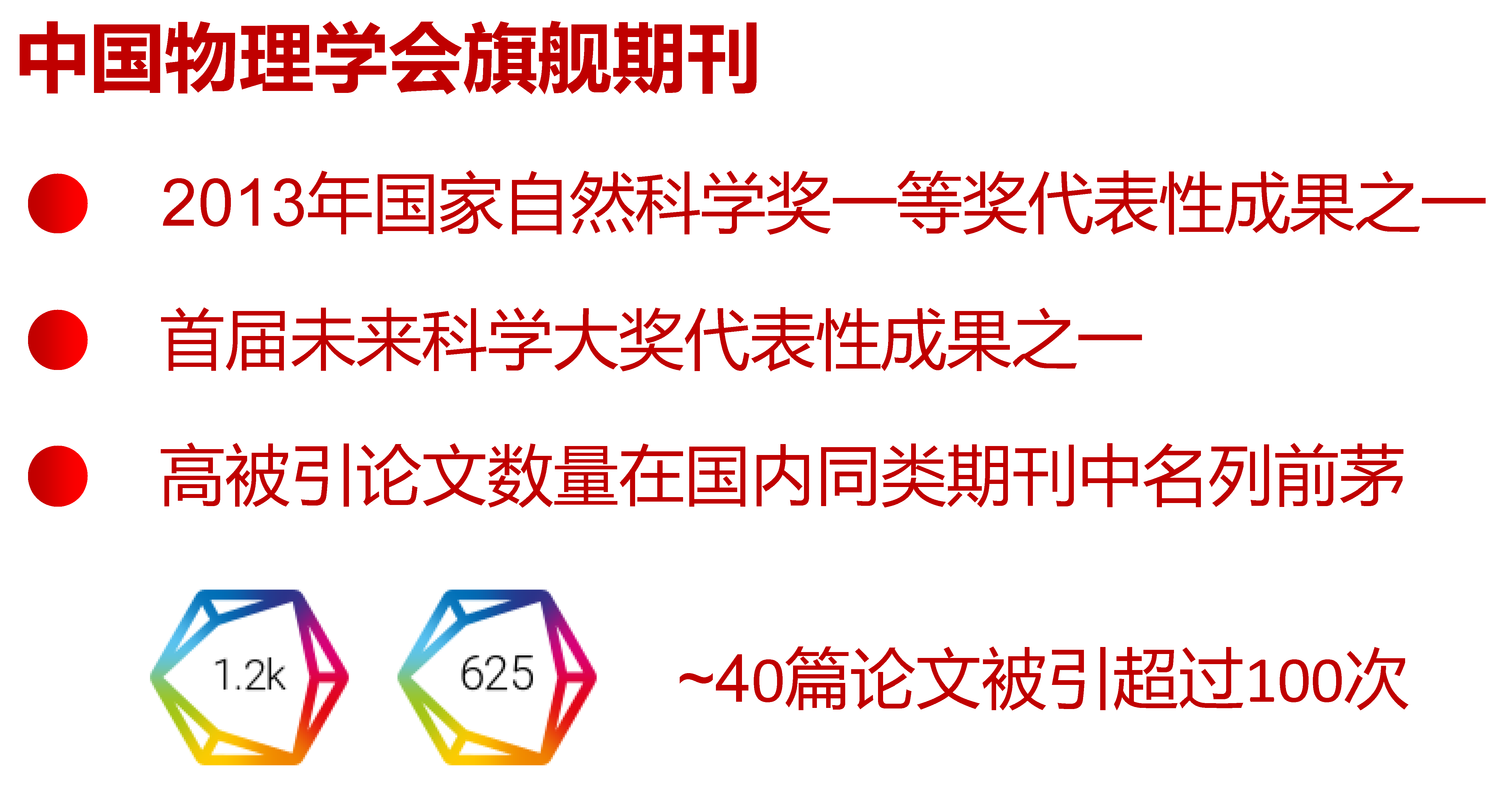
点此浏览所有Express Letters
CPL Express Letters栏目简介
为了保证重要研究成果的首发权和显示度,CPL于2012年6月开设了Express Letters栏目。此栏目发表速度快,学术质量高。截至2020年底,平均每篇被引用约20次,已经在国内物理学界建立起良好口碑与声望,来稿数量不断增加。
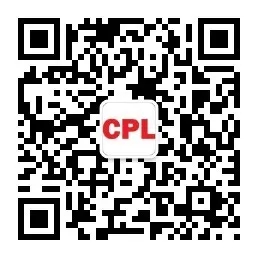
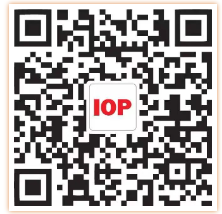
收录于合集 #Updates in Physics World 2下一篇阅读原文
https://blog.sciencenet.cn/blog-3426263-1389856.html
上一篇:CPL 亮点文章 | 2023年第4期
下一篇:《物理世界》研究进展: 锂离子电池突破能量记录